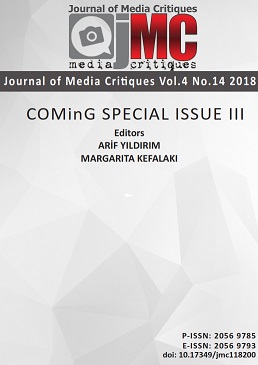Conversion of the Existing Monitoring Infrastructure for Manually Ballot Counting in Albania to the Electronic Counting System
Conversion of the Existing Monitoring Infrastructure for Manually Ballot Counting in Albania to the Electronic Counting System
Author(s): Romeo Teneqexhi, Loreta KuneshkaSubject(s): Media studies, Government/Political systems, Electoral systems, ICT Information and Communications Technologies, Corruption - Transparency - Anti-Corruption
Published by: University of Lincoln and World Experience Campus Foundation
Keywords: Ballots counting system; monitoring parliamentary election;
Summary/Abstract: Albania has been under communist regime for nearly half a century. In 1991 Albania entered the path of democratic pluralism. Since then, almost a quarter of a century has passed and the counting of votes after every electoral process has been fairly contested by the opposition. Manipulations in the manual numbering process are evidenced in all the reports of the international organizations responsible for monitoring of the elections in Albania. To minimize manipulation in manual ballot papers counting, some centres are set up, equipped with computers, HD cameras and big screens for monitoring purposes only. Every counting table (about 400 in total), according to the law, engages 4-5 commissioners of main parties. The infrastructure mention above gives the other parties the possibility just to observe the counting process. In 2013 parliamentary elections had 72 political parties and imagine 72 people around a single counting table! Ballots are passed manually one by one in front of the camera. During this process, the ballot papers are grouped according to subjects and, in the end of each voting box, the manual counting starts. A long period of time is needed to produce the final results of the elections. We propose and have all the abilities to turn existing infrastructure into an electronic counting system. This monitoring system (computers - cameras - big screens), through a software and some hardware adaptations can be converted into an electronic counting system. Only one person is needed for each counting table and the ballot counting time is drastically reduced. Every ballot gets photographed, archived in digital format, its information goes to the Data Base and the results are reported in real time to the Central Election Commission. No ballot papers can be left uncounted and no sheets can be counted more than once.
Journal: Journal of Media Critiques
- Issue Year: 4/2018
- Issue No: 14
- Page Range: 207-214
- Page Count: 8
- Language: English

